Here in New York City, the jazz capital of the world, hot summer nights mean not just jazz but free jazz. The very idea of Ornette Coleman or Albert Ayler playing at Slugs’ Saloon fills me with the image of musicians on the bandstand in a hot, crowded club, the air conditioning failing to compete with the temperature outside, the playing itself fiery, everyone sweating and concentrating and hanging on every note with the special camaraderie of collectively experiencing something historic, unique, and forceful. Of course, that’s a highly personal view, and it comes out of actual experience of hearing, and playing, free jazz in the summer in this city: memorable nights at the original Knitting Factory, The Stone, in East Village parks, even CBGB.
Except for the parks, those places don’t exist as they were. The rent is too damn high—the musicians are still here but the venues have disappeared, and those that pop up rarely last. In Mayor Eric Adams’ “City of Yes,” culture doesn’t exist if it’s not at Zero Bond. They don’t play free jazz there, but they do every year at the Vision Festival, andoasis of jazz life in this city that this year ran from June 18-23 at Roulette.
With multiple sets each night from the finest musicians around, the festival is always a superb experience, but this year’s seemed even finer, the strongest and richest since its return after the pandemic cancellations. It felt both grounded and expansive, the fabric of this city, the past, and the future coming together.
This began with bassist William Parker, at the center of the free jazz scene for the last fifty years and recipient of this year’s lifetime achievement award. Opening night was his, and it exemplified the entire festival. There were the older ensembles, like Huey’s Pocket Watch and the fulfilling return of Raining on the Moon, with the wonderful Leena Conquest singing “James Baldwin to the Rescue,” something of a Parker hit. There were also new collaborators and ideas, from Roots & Rituals—fronted by a keening, passionate Mixashawn Rozi—The Ancients, with explosive tenor saxophonist Isaiah Collier, and an extended excerpt from Parker’s opera Trail of Tears. The music of the latter, with vocalists Andrea Wolper, Raina Sokolov-Gonzalez, and AnneMarie Sandy, was expansive, but the accompanying video by Moonlasso had no working connection with the performance, and seemed like it needed more work.
Collier returned Sunday night with his trio The Chosen Few, and that night finished with centenarian Marshall Allen leading the Arkestra. That was new and old royalty in exuberant, energy music—and Collier himself has the sonic energy of the entire Arkestra, he’s an astonishing player.
There was so much more, and everything was nothing less than fine. There was improvised rock from the newish and terrific band Mendoza Hoff Revels, and free roots rock from James Blood Ulmer. Ulmer is shambling and succinct, with songs he plays regularly, like “Jazz is the Teacher,” and things that seem to appear out of midair. It’s classic bar band blues rock, in a way, with the purity of devotion and expression elevated to the highest level. It’s music for people who like to be together, spiked with Ulmer coaxing Vernon Reid out of the audience to replace him for a short stretch.
There was fantastic story telling from Matana Roberts and her COIN COIN music-and-memory project, poetry from Fred Moten and Oliver Lake, dance from Davalois Fearon Dance backed by a sensitive quartet of reed player Mike McGuiness, vocalist Gino Sitson, bassist Lonnie Plaxico, and drummer Adriel Vincent-Brown. The great duo of tenor saxophonist James Brandon Lewis and drummer Chad Taylor delivered an exciting set. There were two scintillating piano trios—Tarbaby and the Matthew Shipp Trio—and lots of visual art.
Visual accompaniment to a live performance has been an intermittent, at-the-margins element in jazz for quite a while. It’s never seemed fully thought-through or realized (except in a few specific projects like those from Darcy James Argue that have been conceived as multimedia presentations from before the first note was written). Projected on a screen, it’s come off as minor set dressing, if not a distraction from the music, as in the Trail of Tears excerpt.
Festival sets have through the years been accompanied by artist Jeff Schlanger, who stations himself at the lip of the stage and paints performances in real time. It’s less multimedia than a performance in its own right, Schlanger improvising visual art in parallel to what the musicians are doing. He was not well, and absent this year, but his lovely, vibrant painting that are made with fluid lines that seem like visual counterpoint to each other, were projected behind Parker’s playing, an evocative way to honor the man.
(A gorgeous painting of Schlanger’s adorns the cover of a historic new release: WEBO on Black Editions is a 3-LP set from drummer Milford Graves’ private tapes of two-nights of concerts from Graves, Parker, and tenor saxophonist Charles Gayle, one of the seven live performances this trio made together, and one of Gayle’s earliest recordings. Their partnership is one of the seeds that grew into Vision. Schlanger made the painting at one the nights recorded.)
Alto saxophonist Darius Jones’ Quintet had a video playing behind it for their set, and it was one of the things that marked this as one of the most memorable parts of the festival. Made by Laura Sofia Perez, it centered on repeated abstract black and white images of an egg in front of a draped black cloth, a burning birthday candle balanced on a seashell. This shared the same focused, compelling mystery of the music. The quintet had guitarist Nick Sala, cellist Christopher Hoffman, bassist Liani Matteo, and drummer Jason Nazary, and what they played had a haunting, mid-tempo, cool simmer of a surface, lean harmonies—horizontal music, not vertical—and a gripping sense of control. There was tremendous strength and tension that the band held just at bay, a sense that they were offering the audience a chance to fill in the expressive blanks if they had the courage to do so. A mix of grooves, clear phrases, and utter abstraction, Jones was exploring some of the most profound territory in contemporary jazz.
So was Shipp and his trio with bassist Michael Bisio and drummer Newman Taylor Baker. He started with “Primal Poem,” from his excellent new release, New Concepts in Piano Trio Jazz (ESP-DISK’). That’s a plain title, both accurate and misleading. What Shipp and the trio are doing, what they played at the festival, has no explicit conception except to rethink what improvising means, in the moment, with every single note. Each musical event had the introverted sense of the musicians questioning every decision they were making, but an extroverted feeling of delight at affirming each new idea.
Shipp is a titan, the name in free piano improvisation now that Cecil Taylor is gone, and the speed and agility of his thinking is so great that what comes out of his hands is graceful, light-footed. The past few years, he sounds like he’s recreating his style anew every time he plays, mercurial while also purposeful, with a clear direction. He doesn’t follow gravity or the path of least resistance, he makes his own laws of musical physics as he goes along.
With close and poised listening from Bisio and Baker this was the quietist set of the festival, pulling the listener in. Regular jazz playing means setting up the song form and then improvising over it, the listener knows where the harmonies go and can anticipate what’s coming next. With Shipp, there’s no way to anticipate anything, which may be the great divide for listeners when it comes to free playing—for some it’s unsettling, thrilling for others. But these musicians are so good, and their purpose is so meaningful, that we should trust in the unknown.
Author
-

George Grella wrote the book on Miles Davis’ Bitches Brew. He write other stuff too. killyridols.substack.com/
View all posts
George Grella wrote the book on Miles Davis’ Bitches Brew. He write other stuff too. killyridols.substack.com/

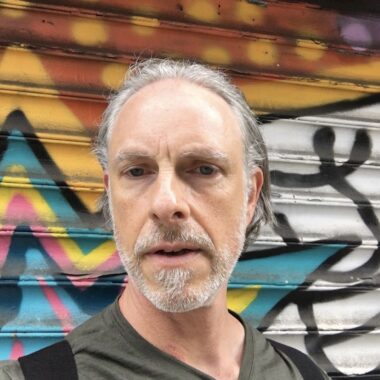
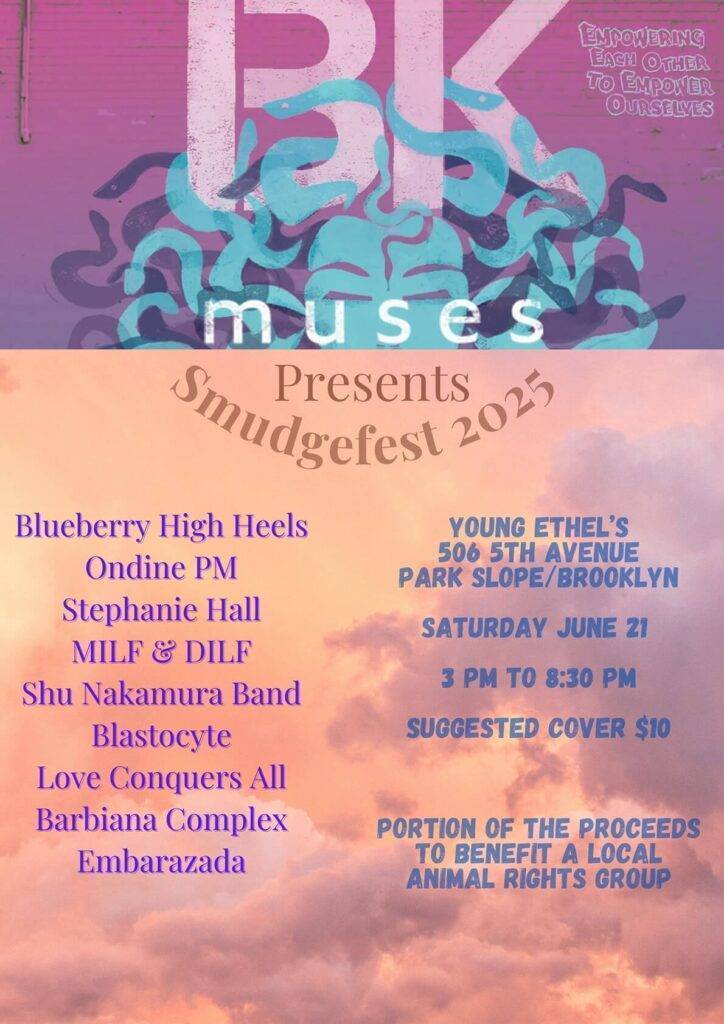
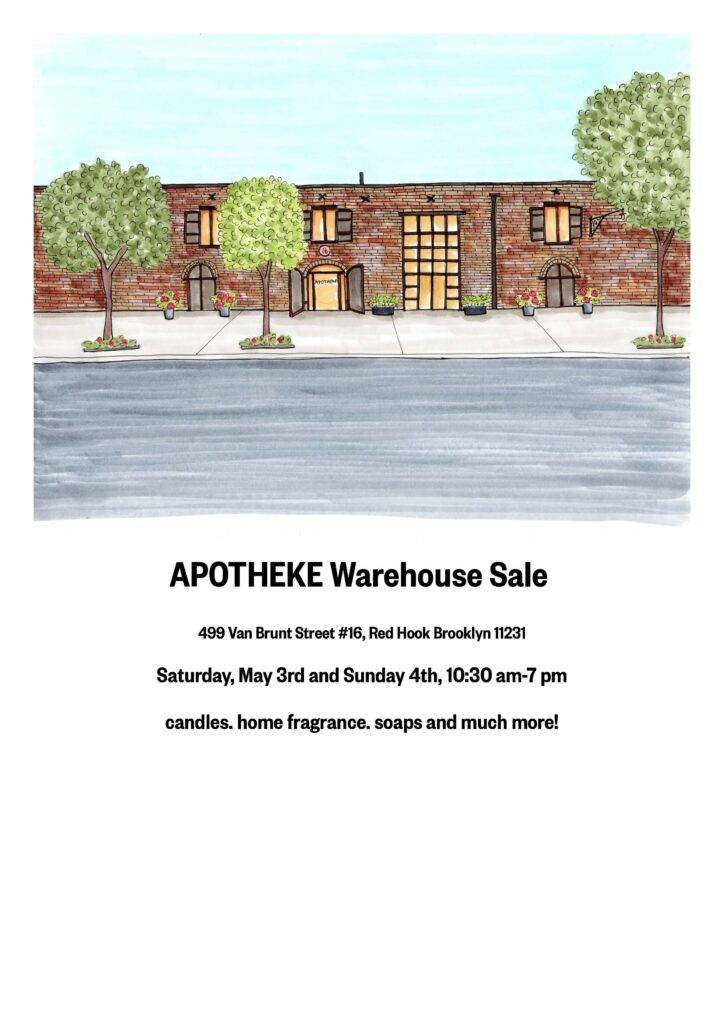
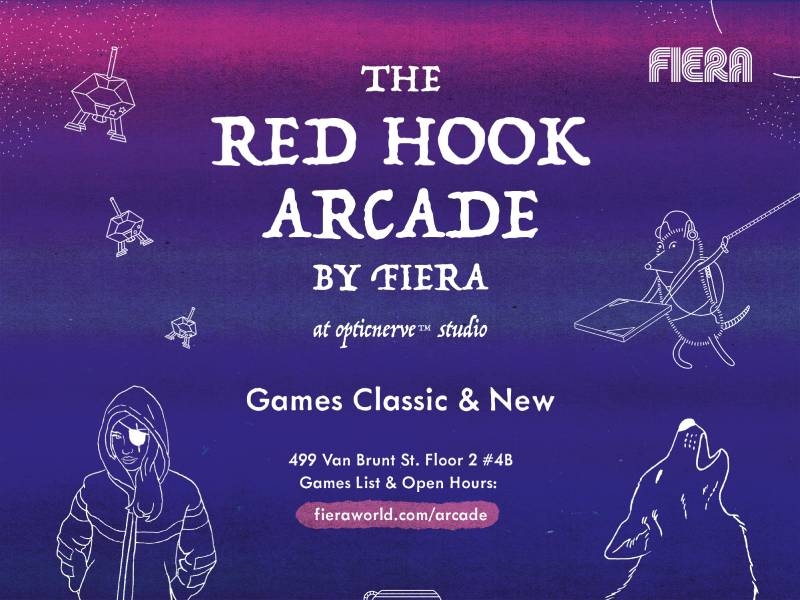
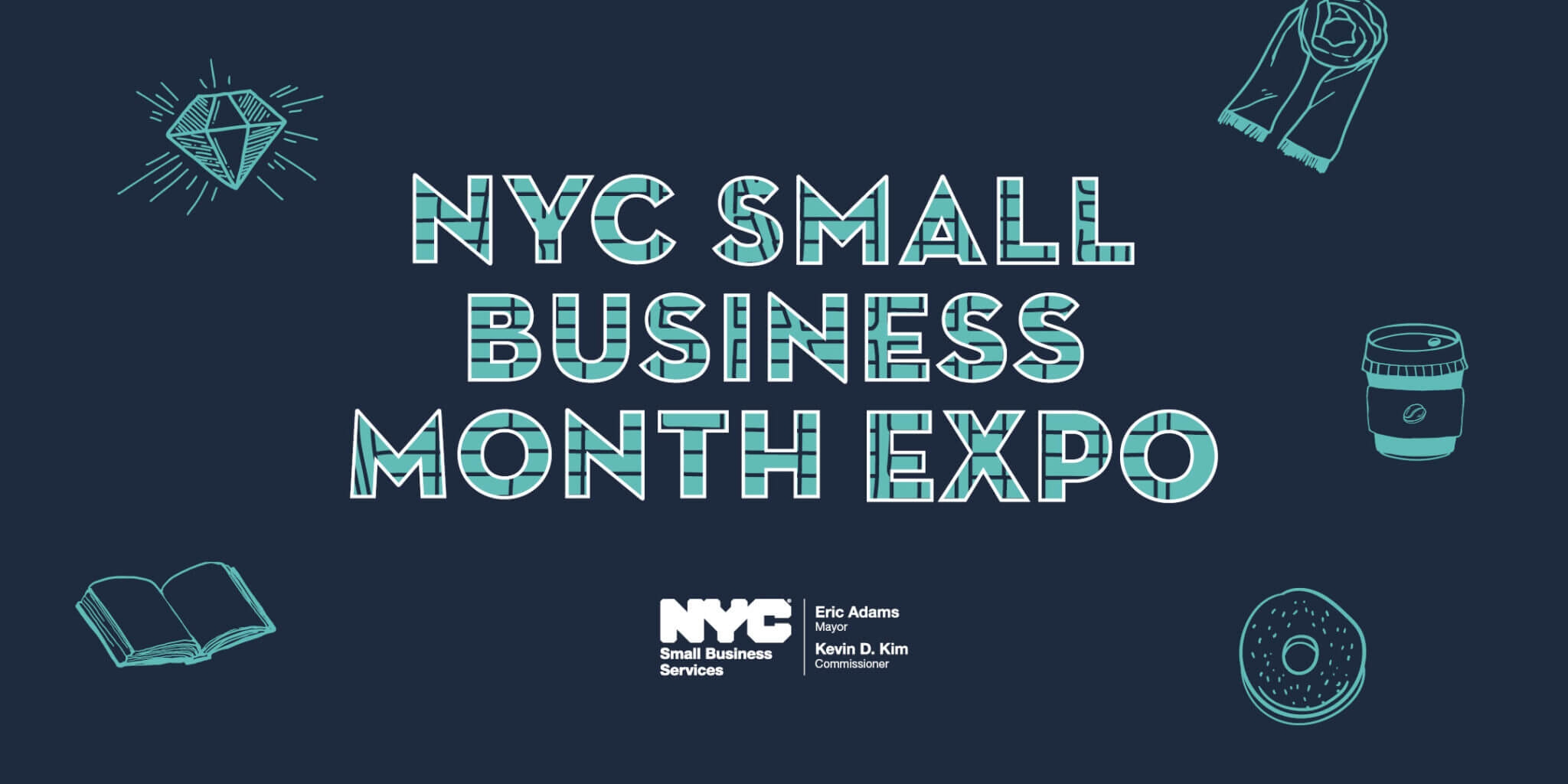
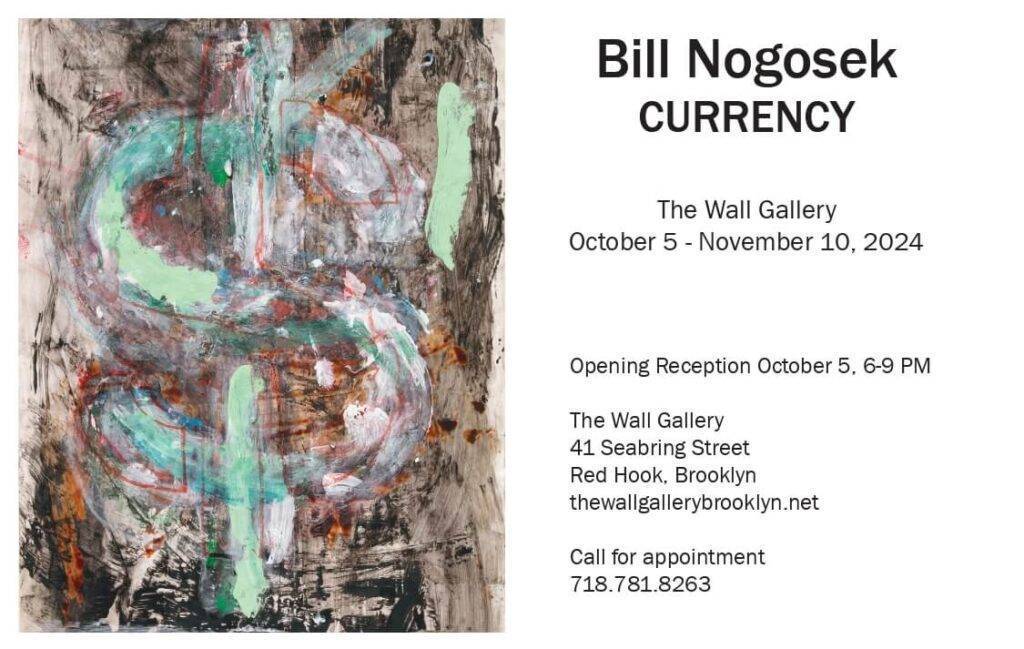



One Comment
Pingback: Vision Festival 2024 Reviewed – Avant Music News